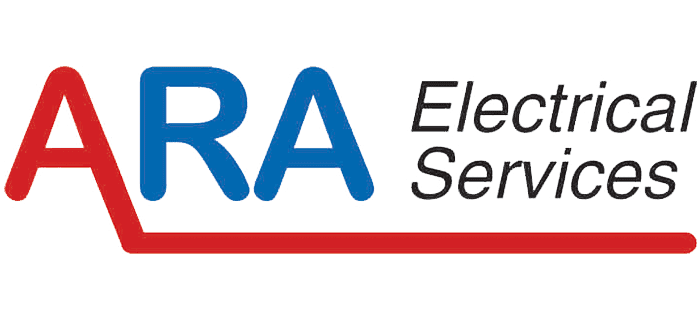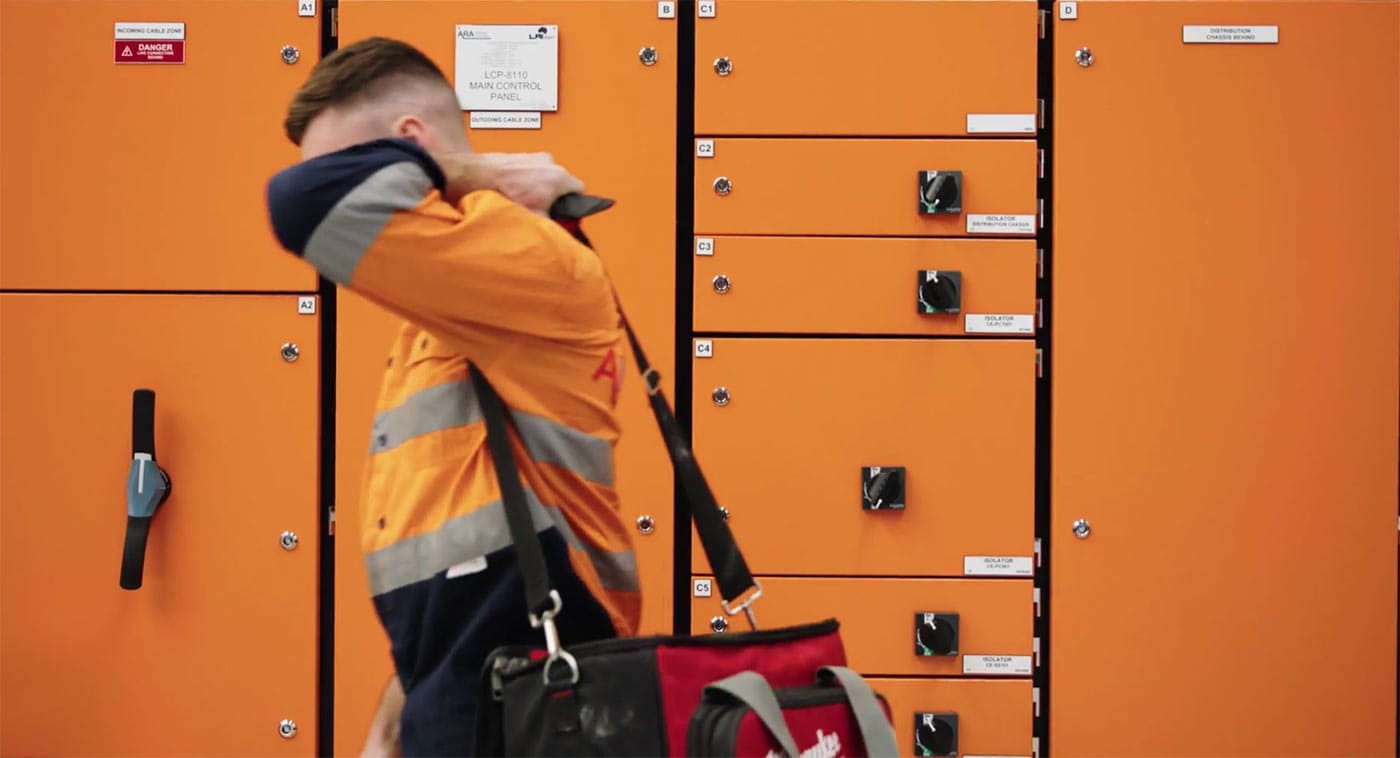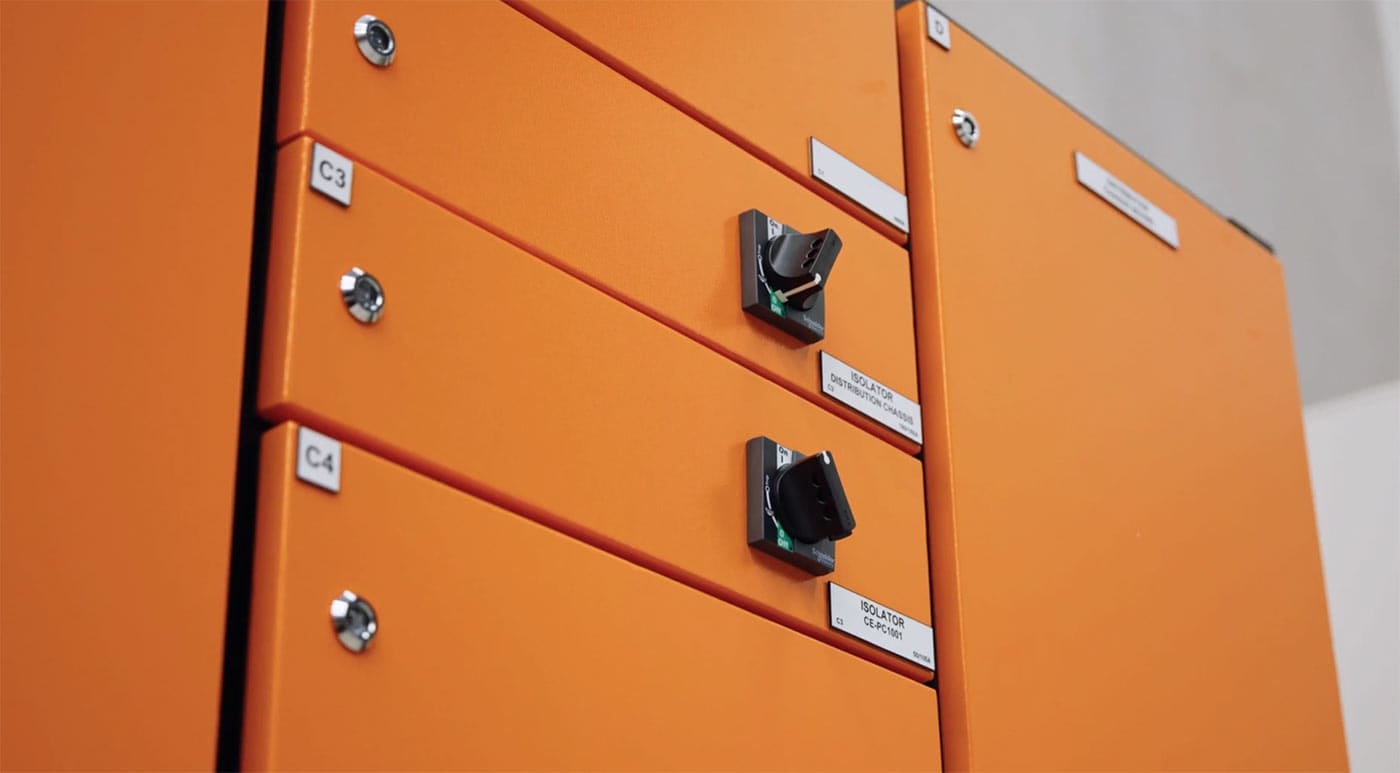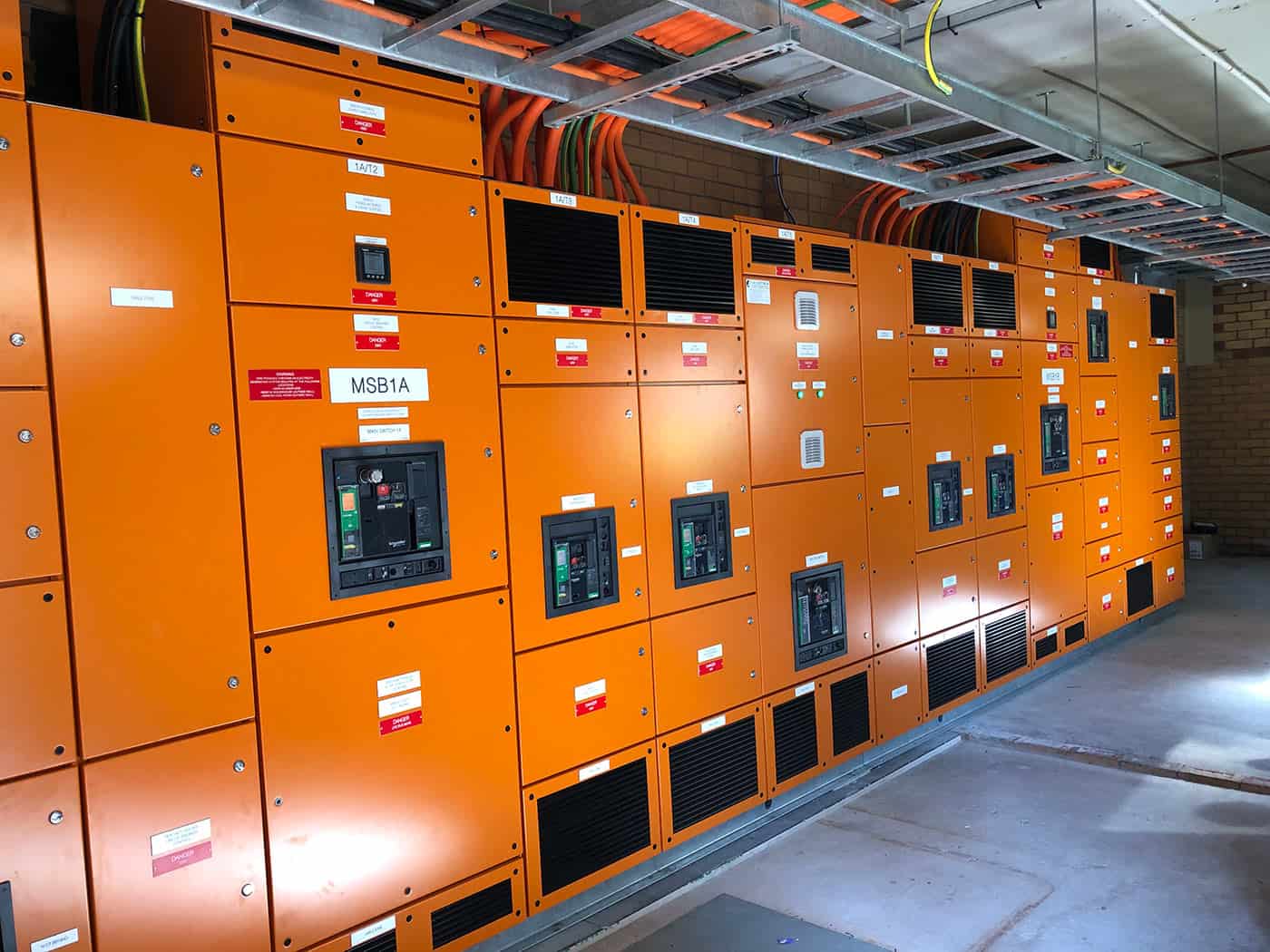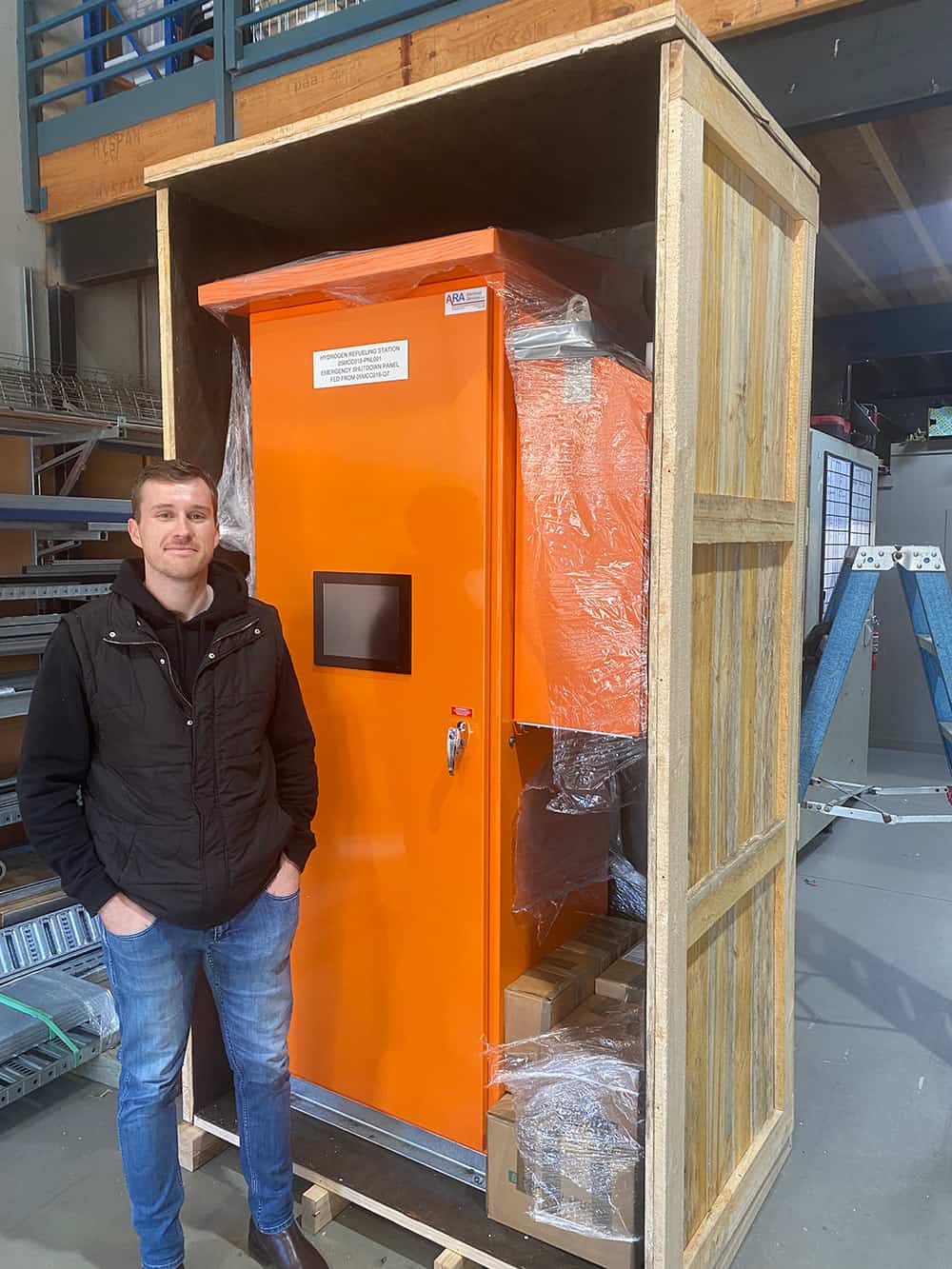Modifying Switchboards in 2025? Here’s Why It’s No Longer Business as Usual
Upgrading an existing electrical switchboard used to be a relatively straightforward task. Swap out a few parts, make a few wiring changes, and the job was done. But in 2025, things aren’t so simple. With tighter compliance requirements—especially around AS/NZS 61439—even small changes can trigger big legal and technical obligations.
Many businesses are now facing the reality that modifying older switchboards is no longer viable under current standards. Here’s why that is, and what it means for your next upgrade.
Repairs vs. Alterations – Know the Distinction
AS/NZS 3000 Clause 1.4.101 defines a repair as replacing a component with something identical or very similar—same size, current rating, heat load, and functionality.
But once you change anything about the switchboard’s load, protection, structure, or layout, it becomes an alteration. That brings it under the scope of Clause 1.9.3.1, which says that all alterations must comply with current standards, including AS/NZS 61439.
In practice, that means as soon as the work goes beyond a like-for-like replacement, you’re subject to a much more stringent compliance framework.
Why AS/NZS 61439 is a Game Changer
AS/NZS 61439 is the current standard for low-voltage switchgear and control gear assemblies. It sets out the safety, performance, and construction requirements for switchboards used in all types of commercial and industrial applications.
Under this standard, any modification—adding a circuit breaker, increasing the load, altering wiring layouts—can legally reclassify the board as a new assembly. That means it must undergo full verification against 13 key safety and performance criteria, including:
- Short-circuit withstand strength
- Temperature rise
- IP protection rating (minimum IP2X)
- Dielectric performance
- Mechanical operation and structural strength
- Clearance and creepage distances
If your existing board doesn’t have original design verification documents or manufacturer compliance data, these requirements can’t be met—regardless of how minor the modification might seem.
Even addressing one element (like IP rating) doesn’t remove the need to verify the entire assembly. Once a modification occurs, compliance with all 13 criteria is mandatory under the standard.
The Cost of Non-Compliance
Working on a non-compliant board isn’t just a technical risk—it’s a legal one. Contractors are often required to sign off that their installations meet all relevant Australian Standards. If you modify a board without verifying compliance, you may be exposed to issues during inspections, audits, insurance assessments, or, worse, in the event of a failure or incident.
For any contractor or project manager, the risks of cutting corners here are too significant to ignore. What seems like a quick fix can easily turn into a liability.
When Replacement is the Smarter Choice
With all this in mind, the reality is that full switchboard replacement is often the only practical and compliant option. If the board is being altered in any significant way, and you can’t produce original verification data, continuing with modifications may not be legally or operationally defensible.
Planning for full replacement upfront avoids unexpected rework and ensures the installation is fully covered by today’s standards. It also provides greater certainty when it comes to inspections, insurance, and long-term reliability.
Final Thoughts
Modifying switchboards in 2025 isn’t just a matter of swapping parts and calling it done. The introduction and enforcement of AS/NZS 61439 has fundamentally changed what’s required to ensure compliance.
If you’re managing infrastructure upgrades, it’s important to treat any switchboard alteration as a potential trigger for full standard compliance. And if there’s uncertainty about the board’s original design or testing, the safest option is to treat it as new.
Need help working through your options? Our team can support with upfront design reviews, engineering advice, and planning assistance to make sure your project stays compliant and on track.
